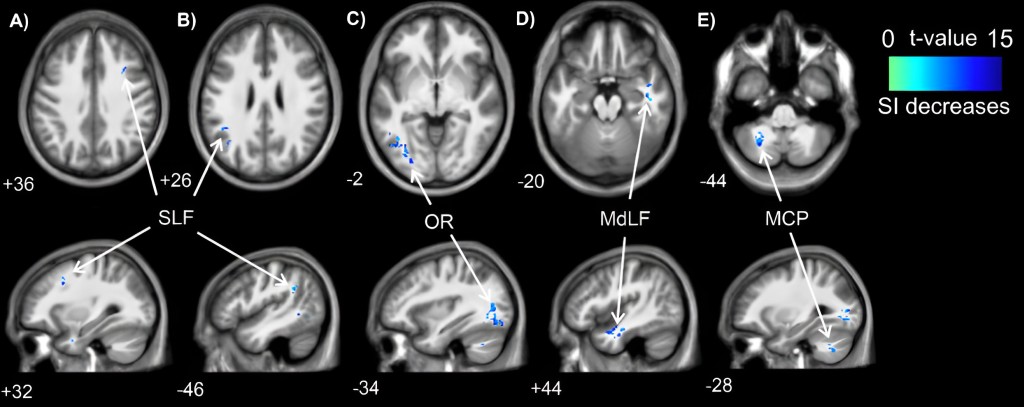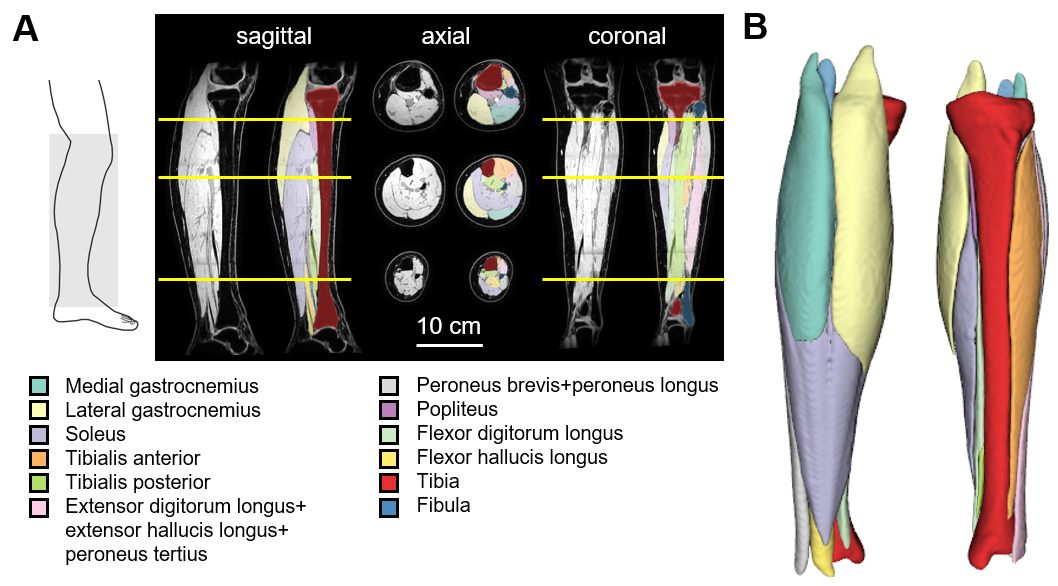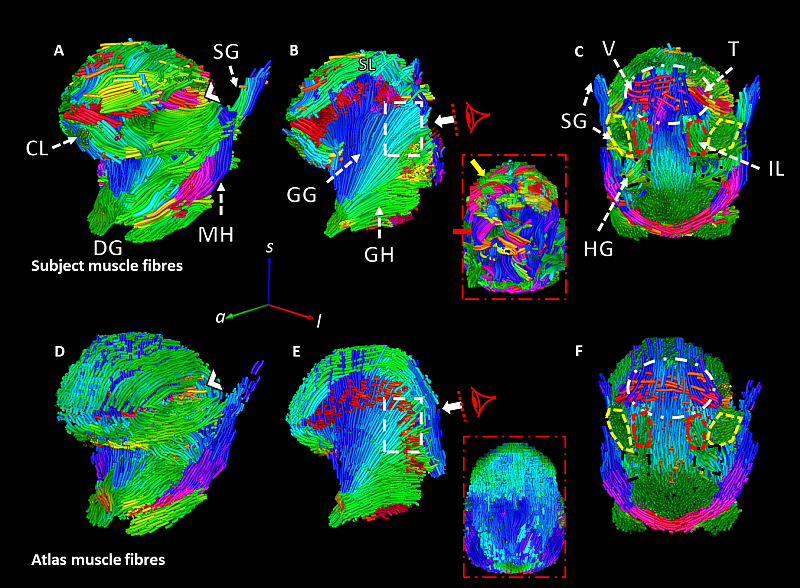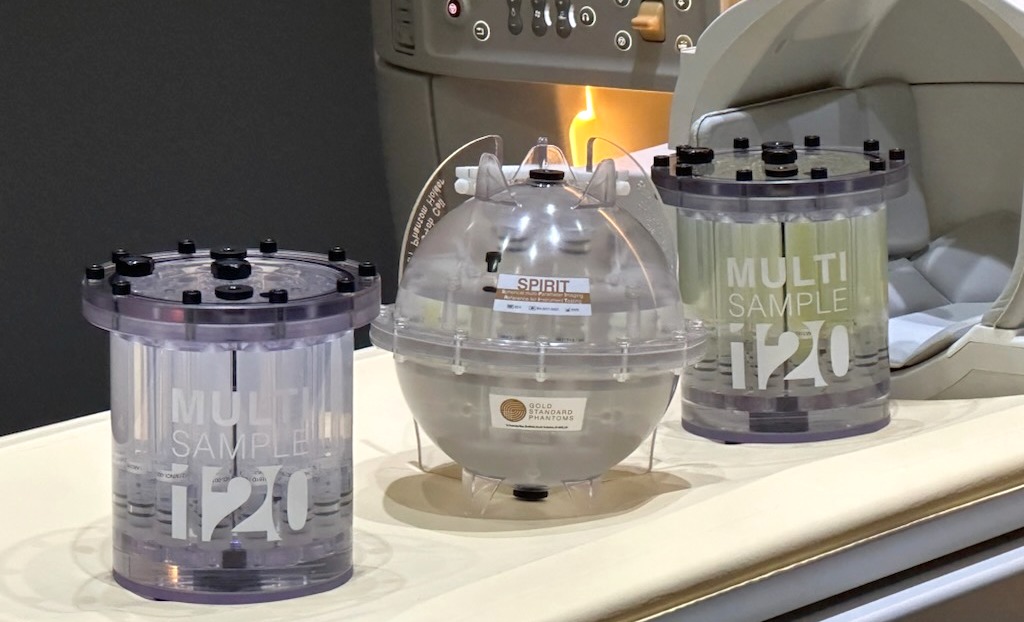RESEARCH SPOTLIGHT Stress, trauma, and the brain in chronic pain
New research reveals that stress and trauma reshape key brain regions differently in people with chronic pain. Stress and pain don’t affect everyone equally Researchers at the NeuroRecovery Research Hub, School of Psychology at UNSW Sydney, and the Centre for Pain IMPACT at NeuRA are uncovering how experiencing very stressful or traumatic events changes the …
MRI and blood biomarker analysis reveals what happens to the brain after soccer heading
New research conducted at NeuRA identified microstructural, functional and chemical changes after controlled soccer heading. This is the first randomised controlled trial to use MRI to examine how the brain responds to soccer heading. Conducted in a highly controlled environment, adult soccer players headed a regulation soccer ball 20 times in 20 minutes, with balls …
MRI Analysis Reveals Growth Trends in Lower Leg Muscles of Children Aged 5-15
Researchers at NeuRA Imaging have developed reference curves for lower leg muscle growth in children aged 5 to 15 years, providing a benchmark for identifying impaired muscle development, particularly in children with cerebral palsy. Researchers and clinicians have long been interested in measurements of physical development during childhood. For instance, reference curves for body height …
PUBLICATION SPOTLIGHT New Atlas Charts Structural Variations in the Human Tongue
A new publication led by Rob Lloyd and Lynne Bilston at NeuRA Imaging identifies gendered differences in the structure of the tongue, and provides a structural atlas for wider use. The complex structure of the tongue provides a large range of motion, allowing it to form the different shapes needed to manipulate food while chewing …
New Phantoms to Enhance Quality Assurance at NeuRA Imaging
NeuRA Imaging has introduced advanced imaging phantoms to enhance quality assurance and standardization, supporting research and clinical excellence in MRI imaging. NeuRA Imaging has recently acquired new phantoms from Gold Standard Phantoms to ensure the quality and reproducibility of images obtained on our Philips 3T Ingenia MRI scanner. These phantoms will play a critical role …
Altered Corticobrainstem Connectivity during Spontaneous Fluctuations in Pain Intensity in Painful Trigeminal Neuropathy
A new publication led by Luke Henderson and Noemi Meylakh at NeuRA Imaging reveals cortical systems underlying changes in perceived pain in painful trigeminal neuropathy. Pain perception is vital to survival, warning us of danger and motivating us to remove ourselves from it. It is adaptive and transient. However, in some cases, pain persists beyond …






Recent Comments